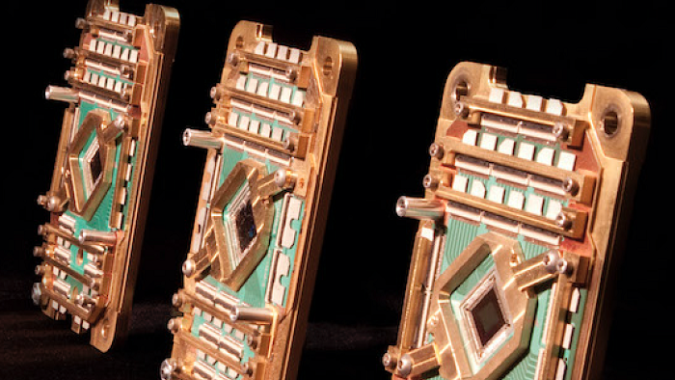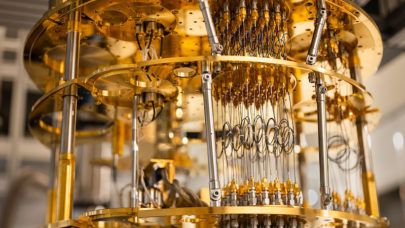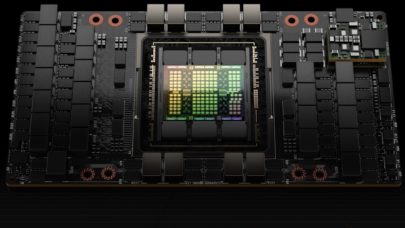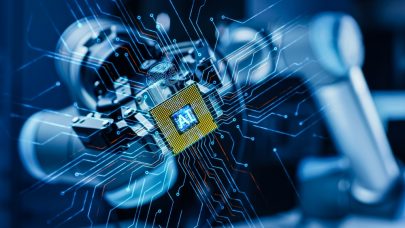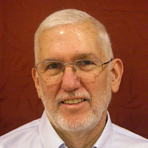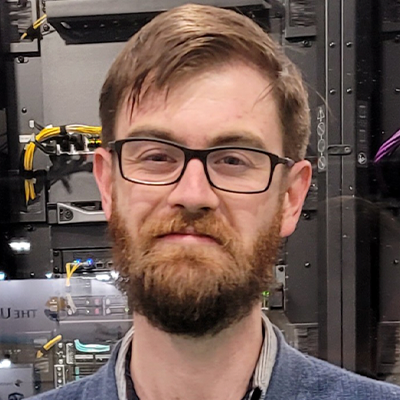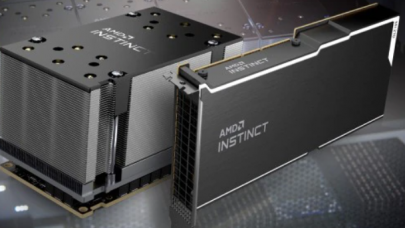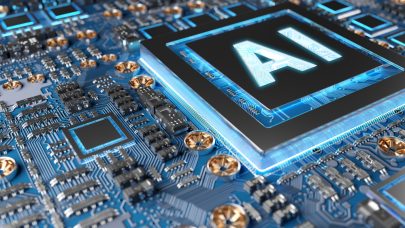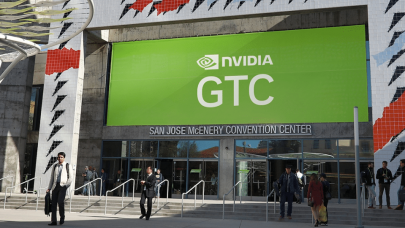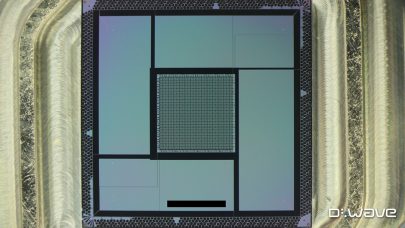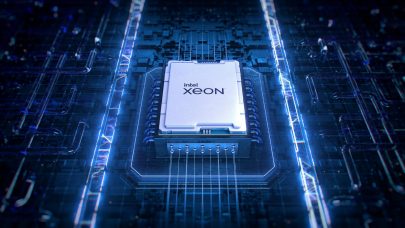Starting today, D-Wave Systems is providing access to a 500-plus-qubit prototype of its forthcoming 7000-qubit Advantage2 quantum annealing computer, which is due in the 2023/24 timeframe. The prototype showcases Advantage2’s new 20-way connectivity, based on D-Wave’s new Zephyr qubit topology. It also features ongoing process improvements. D-Wave said introduction of the prototype wasn’t initially planned, but because Advantage2 development progressed quickly it was decided to open the prototype to users to explore.
D-Wave plans to incorporate the user learnings into the final Advantage2 system, which was announced six months ago as part of the Clarity roadmap. The Advantage2 system will mark the company’s sixth-generation quantum system. In addition, a new, low-noise multi-layer superconducting integrated-circuit fabrication process will provide greater qubit coherence for increased performance, says D-Wave, which reported early testing on chips fabricated with the new process showed significant reduction in qubit noise.
“The Advantage2 prototype is designed to share what we’re learning and gain feedback from the community as we continue to build towards the full Advantage2 system. Our current Advantage quantum computer was completely re-engineered from the ground up. With Advantage2, we’re pushing that envelope again – demonstrating that connectivity and reduction in noise will be a delivery vehicle for even greater performance once the full system is available. The Advantage2 prototype is an opportunity for us to share our excitement and give a sneak peek into the future for customers bringing quantum into their applications,” said Emile Hoskinson, director of quantum annealing products, D-Wave, in the official announcement.
The prototype, said D-Wave, represents a version of the upcoming full-scale product with all core functionality available for testing: “In early benchmarks, the reduced scale system demonstrates more compact [circuit] embeddings; an increased energy scale lowering error rates; and improved solution quality and increased probability of finding optimal solutions. By making the Advantage2 prototype available in the Leap quantum cloud service today, the company is providing an early snapshot for exploration and learning by developers and researchers,” reported the company.

D-Wave, of course, was an early entrant (1999) in the marathon to deliver practical quantum computing. It has focused on a specialized version of quantum computing – quantum annealing – that has shown strength in solving optimization problems. D-Wave uses semiconductor-based superconducting technology for qubits. Last October, the company surprised many by launching an effort to also develop a gate-based universal quantum computer, leveraging its expertise in systems control and manufacturing. (See HPCwire coverage, D-Wave Embraces Gate-Based Quantum Computing; Charts Path Forward)
Hoskinson yesterday briefed HPCwire on the Advantage2 prototype, D-Wave’s evolving approach to system development, and touched on a few of the manufacturing advances being incorporated into Advantage2. He was, perhaps understandably, scant with details on gate-based system progress.
“I’d love to go into details and give specific timelines (about the gate-based development), but can’t. What I can say is the progress is exciting. We are gaining momentum and seeing that we can leverage our extensive experience in developing superconducting circuit architectures and fabrication processes that allows us to scale our circuits. We’re starting this effort with the perspective that it has to be scalable,” said Hoskinson.
“There’s a lot going on. The end goal is to provide our customers with the sort of a complete solution that includes both gate model and quantum annealing. Quantum annealing is always going to be part of the mix,” he said.
Presumably D-Wave will provide an update on its gate-based development progress at its Qubits 22 conference in October. In conjunction with today’s prototype announcement, D-Wave did issue two brief papers; a whitepaper discussing process progress (Early Progress on Lower-Noise Fabrication Development for the Future, Full-Scale Advantage2 Quantum Computer); and a brief technical report (The D-Wave Advantage2 Prototype).
“The central message with the prototype,” Hoskinson told HPCwire, “is that we are making solid progress on our roadmap. This is not just a research project; it’s not just hype. Customers can go in and verify that for themselves,” said Hoskinson.
Both the Advantage2 QPU and its prototype have new a qubit design that features higher qubit connectivity. This is achieved via a connection topology, named Zephyr, that will replace the Pegasus topology found on Advantage QPUs, reports D-Wave. “In Zephyr, qubits have maximum degree d = 20; that is, each qubit has up to 20 couplers connecting it to neighbors. The Pegasus connection topology has d = 15. Higher degree means that inputs can be minor-embedded more compactly onto the quantum chip and can have shorter chains. Shorter chains in embedded inputs can lead to better-quality solutions.”
Here’s brief excerpt from D-Wave’s technical report:
“The prototype is small and contains approximately one-tenth as many qubits as current- generation Advantage QPUs. Empirical comparisons are challenging because inputs small enough to fit on the prototype do not leave much room for distinguishing performance: both quantum processors have little trouble finding optimal or near-optimal solutions (within a few percentage points of optimal) to the small inputs in our tests.
“Nevertheless, we demonstrate that both new design features are effective at improving solution quality and increasing the probability of finding optimal solutions. The Advantage2 prototype outperformed the Advantage QPU in four case studies:
- “More compact embeddings. For inputs small enough to fit on the prototype, chains in Zephyr embeddings on Advantage2 QPUs are between 6% and 21% shorter than chains in Pegasus embeddings on Advantage QPUs. An empirical comparison using two input classes embedded on the Advantage2 prototype and an Advantage (performance update) QPU showed improvements of up to 25% in mean chain length.
- “Better solutions on embedded inputs. In tests using two categories of Satisfiability inputs, the Advantage2 prototype solver found better-quality solutions than the Advantage solver in up to 82% of cases.
- “Better solutions on native inputs. Native inputs are used to isolate the contribution of increased energy scale (as distinct from embedding quality due to Zephyr). For three of four input categories, the Advantage2 prototype solver found better solutions in 77%, 87%, and 89% of cases. (Both solvers effectively tied on the fourth category and always returned optimal or second-best solutions: this case illustrates the challenges of distinguishing performance on small inputs.)
- “Reduced error rates due to increased energy scale. Three component-level tests of inverse effective temperature were applied to qubits, couplers and small chains. These tests showed improvements by 94%, 103%, and 72% on the Advantage2 prototype, compared to the Advantage QPU.”
Hoskinson, a physicist and 11-year veteran of D-Wave, noted that D-Wave’s approach to development has evolved.
“We’ve invested heavily in our approach that includes in-house control over all the key aspects of our technology, including the design of the circuits [and] the fabrication with close collaboration between the different teams responsible for the developments. That has really come together recently to accelerate our architectural development. Part of that comes from our learnings from the Advantage system (2000-qubit system) where we found that doing simultaneous development of architecture and fabrication can be difficult when issues arise; it can be difficult to disentangle those two broad categories,” said Hoskinson.
“We decided for Advantage2 to separate the [two aspects] to the extent possible. That allows us to optimize architectural development independently of fabrication development and that has really paid off and essentially allowed us to give our customers access to this early prototype, something that we did not originally plan. Basically, the design of this new architecture worked on the first try.”
Hoskinson did not discuss the details of its fab recipe. D-Wave’s chip are currently manufactured by SkyWater working closely with D-Wave. The just-released process report is also slim on manufacturing detail but showcases performance metrics.
Hoskinson said, “The all-new low-noise fabrication process will be used for the full-scale product [and] we have made considerable progress. This is highlighted in the white paper we’re releasing where we see a 7x reduction in low frequency flux noise, a 3x reduction in integrated flux noise an order of magnitude reduction in high frequency noise. This is exciting because there’s a lot of evidence to show as we reduce the noise we increase qubit coherence perform. So not only do we have these architectural improvements, demonstrated in the prototype, but the full-scale system will be fabricated with the process, have higher coherence, and our quantum algorithm will live longer.”
Expect a fuller report on D-Wave’s expanding technology roadmap at the October meeting.
Link to announcement, https://www.hpcwire.com/off-the-wire/d-wave-delivers-prototype-of-next-gen-advantage2-annealing-quantum-computer/
Link to process whitepaper, https://www.dwavesys.com/media/h0ylnsvg/2022-ac1-bb1-stack-comparison-v11.pdf
Link to Advantage2 prototype technical report, https://www.dwavesys.com/media/eixhdtpa/14-1063a-a_the_d-wave_advantage2_prototype-4.pdf
